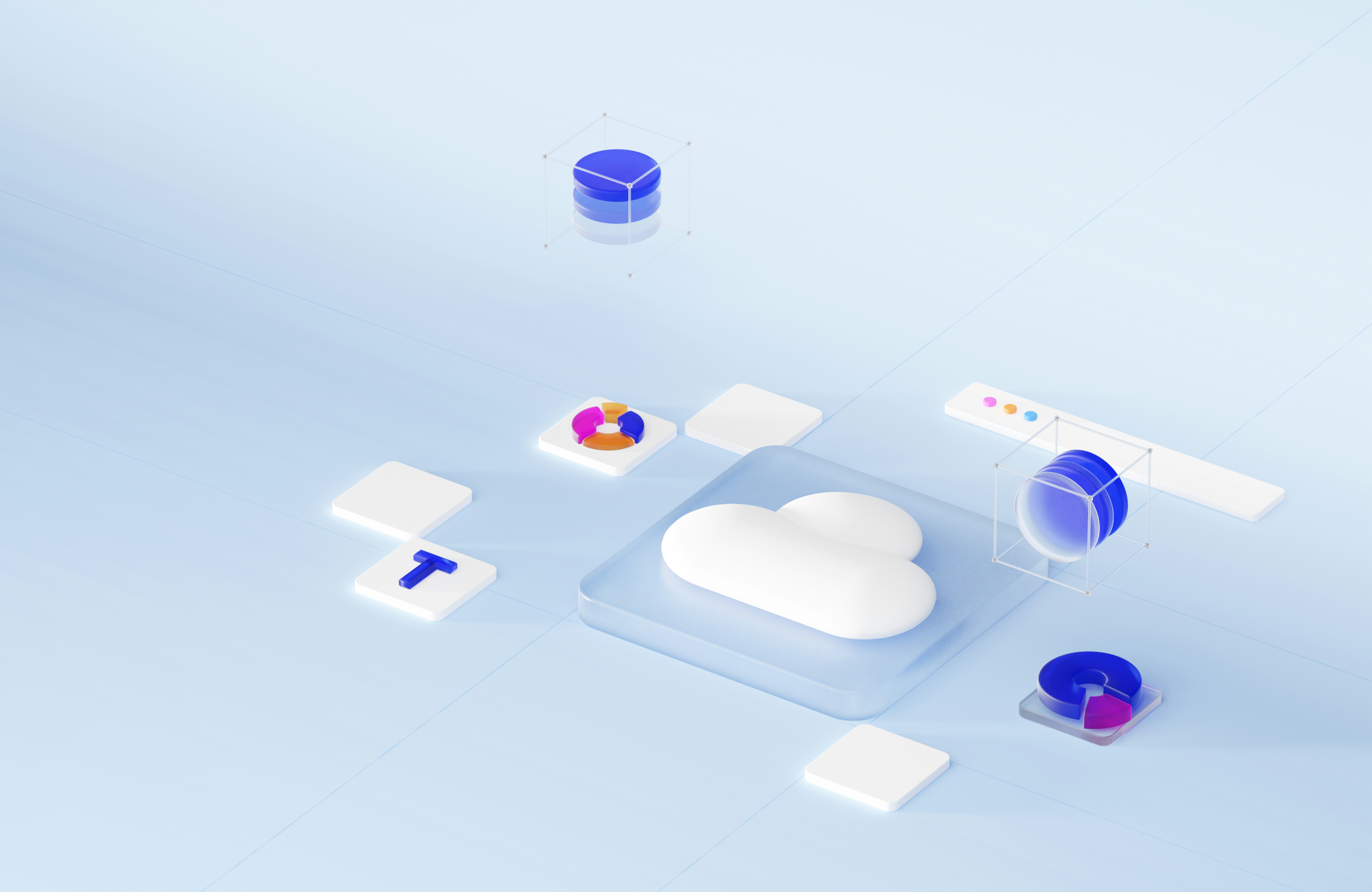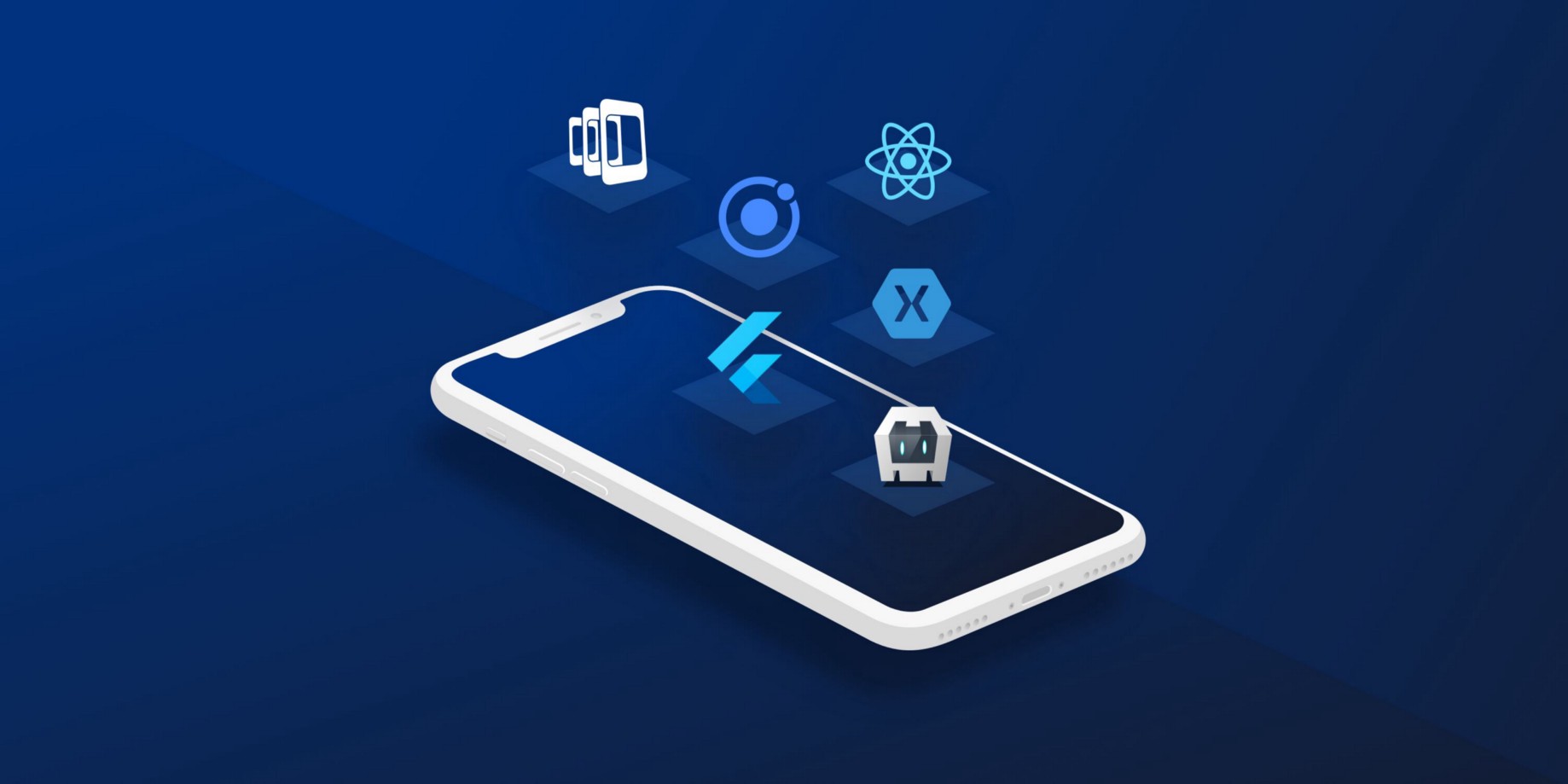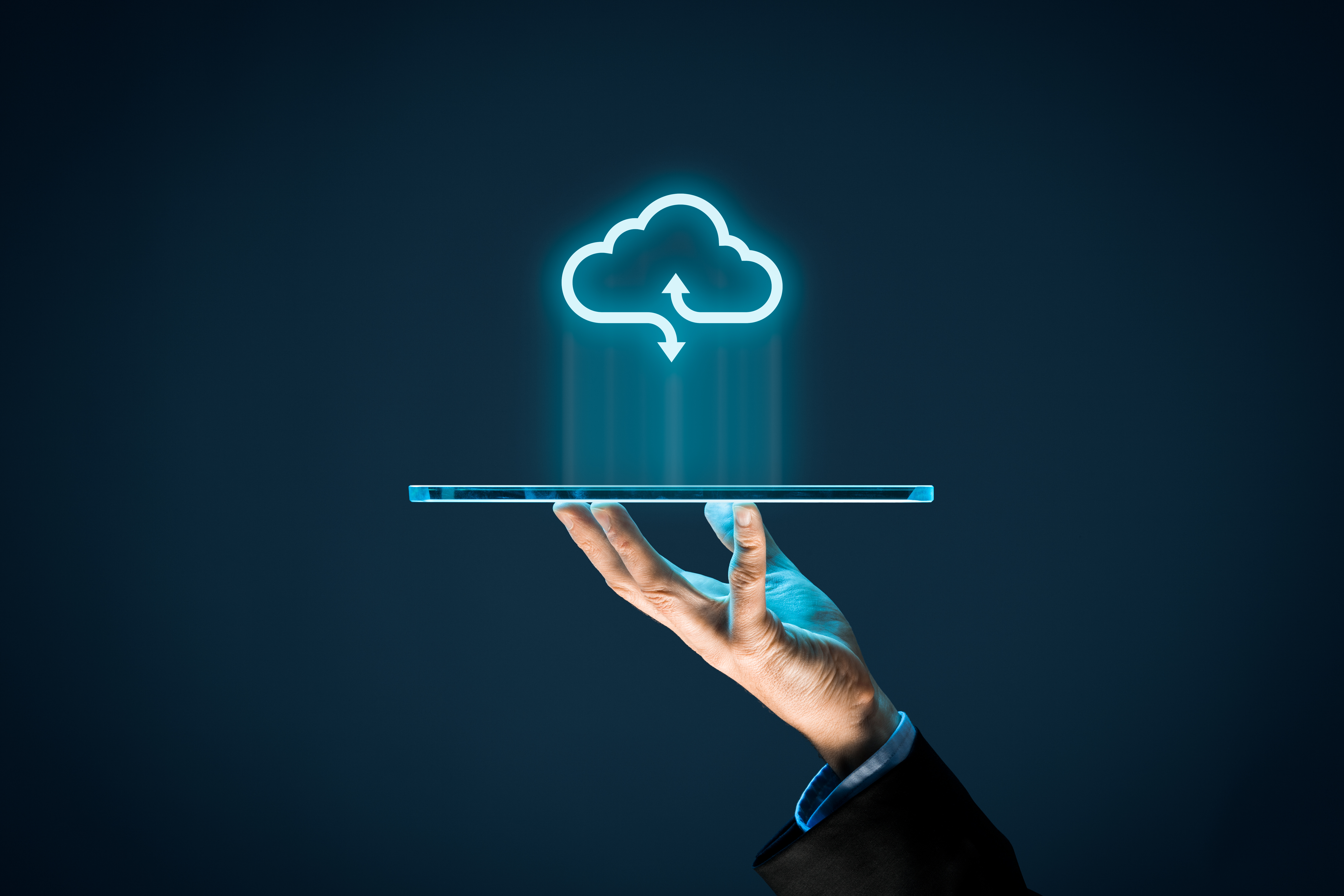5 Enterprise Cloud Computing Trends To Know In 2024

Cloud computing, which is considered to be one of the most popular cutting-edge technologies, has emerged as the foundation of contemporary IT, exemplified by 95% of new workloads will be on the cloud by 2025, according to Gartner. To best optimize, firms must adjust to take advantage of the cloud's cost-effectiveness and flexibility. For this, it is anticipated that there is an amount of $1 trillion of global spending on cloud services infrastructure, propelled by several trends in cloud computing, such as the need for new platforms and as-a-service offerings, especially those that leverage artificial intelligence.
Why Enterprises Should Embrace Cloud Computing
There are several computing resources such as databases, storage, servers, and software solutions via the internet as per the demand, enhancing scalability and flexibility. This permits users to get access to the resources remotely with just a device and a stable internet connection. Cloud computing can be utilized to use computing resources instead of investing in internal infrastructures and data centers, emerging in some common types of cloud computing are Platforms as a Service (PaaS), Infrastructure as a Service (IaaS), Software as a Service (SaaS), Everything as a Service (XaaS), and Function as a Service (FaaS).
Read more: A comprehensive guide to cloud computing
Challenges of Adopting Cloud Computing Applications
Being widely utilized for applications spanning a diverse spectrum of industries, cloud adoption, however, is now facing certain challenges that sometimes can hinder business operations.
- Security and Privacy: Data security in Cloud is deemed to be one of the biggest concerns when it comes to cloud technology, with mysterious threats such as website hacking and virus attacks.
- Insufficiency of Resources and Expertise: The inadequacy of resources and expertise is one of the cloud migration challenges this year. Employers still struggle to locate workers with the necessary competence, despite having taken several steps to increase their knowledge of cloud computing forecasts.
- Governance and Compliance: As the digital terrain expands, legislation is constantly evolving and adjusting to support data security and privacy. For that, businesses need to be in compliance with occasionally intricate regulations, or else businesses can suffer from legal repercussions, financial penalties, and possible reputational damage to your business.
- Data transfer and bandwidth costs: Organizations must be aware of the expenses incurred in the transfer of substantial data volumes to and from cloud infrastructures. Additional charges may apply for inter-regional transfers, and in case of inadequate oversight, businesses might encounter unforeseen financial burdens.
- Complexity and management: The practices of cloud maintenance and management are often complicated. In the case of folks with minimal experience and training, along with the constantly evolving services, contracting cloud computing services is designed to eliminate stress about cloud management. Also, these resources get more complex in multi-cloud and hybrid-cloud environments.
Top Cloud Computing Trends For 2024
For 2024 and beyond, it is anticipated to witness the continuous embrace of companies to leverage the presence of cloud services to get access to innovative technologies and drive efficiency in their operations and processes.
The Optimization of Multi-Cloud and Hybrid-Cloud Enablement
There is a significant rise in the applications of multi-cloud and hybrid-cloud solutions, showcasing the services of banking, healthcare, and insurance, thereby leading to the offering of a combination of both private and public cloud for data storage.
The utilization of multi-cloud leads to several benefits, including the minimization of potential risks and failure points and the provision of cost-effectiveness. Also, using a multi-cloud allows you to choose a particular service from a provider that caters to your specific requirements, which ignites the cloud services providers to constantly diversify their service offerings.
Extensive Investment in Cloud Security
The increasing application of cloud computing and the changing threat landscape of 2024 so far have highlighted the existing security threats. For 2024, three increasingly sought-after measures will help mitigate the risks and ensure continued trust in the cloud: data encryption, robust authentication protocols, and comprehensive disaster recovery plans. Consequently, both cloud providers and customers are placing a premium on ensuring security and resilience are top priorities.
Simplified Cloud Computing
The development of low-code/no-code tools has made it possible for people without technical backgrounds to create apps that formerly required the knowledge of certified software engineers. At the same time, cloud providers are trying to "democratize" the deployment and operation of cloud services and infrastructure by removing the need for sophisticated technical knowledge through the use of natural language tools and drag-and-drop interfaces.
AI and ML-powered Cloud
Artificial Intelligence (AI) and Machine Learning are provided as cloud services as there are limited numbers of firms able to construct the AI infrastructure on their own For data collection and algorithm training, large amounts of processing power and storage space are required, which are indeed more affordable to hire as a service.
For Cloud service providers using AI more and more for various purposes such as AWS, Google, and IBM, the process of adopting AI entails running the massive, dispersed networks required to give their clients access to storage resources, controlling the cooling and electricity systems in data centers, and supplying cyber security tools to safeguard their clients' sensitive information.
Edge Computing On Rise
The architecture of "edge computing" allows data to be processed and stored as close to the originating device as feasible.
Data processing, analytics, and storage that is done closer to the source geographically are all included in edge computing. It indicates that data processing and storing are done closer to the original sensors and equipment. Numerous advantages are offered by it, including decreased latency, improved efficiency, higher security, privacy, and a fast data transmission rate. It processes data that is not time-limited and operates in real-time.
Conclusion
In all, cloud computing is constantly developing and advancing in the services and applications it provides. While cloud computing can greatly support an organization by providing flexibility, opportunities for collaboration, security, and cost efficiency, organizations must be proactive in embracing the best-suited trending cloud computing applications.
If you’re interested in helping your organization leverage the benefits of cloud computing, Axalize would be a worthy choice. You can check out the comprehensive services that Axalize offers!


